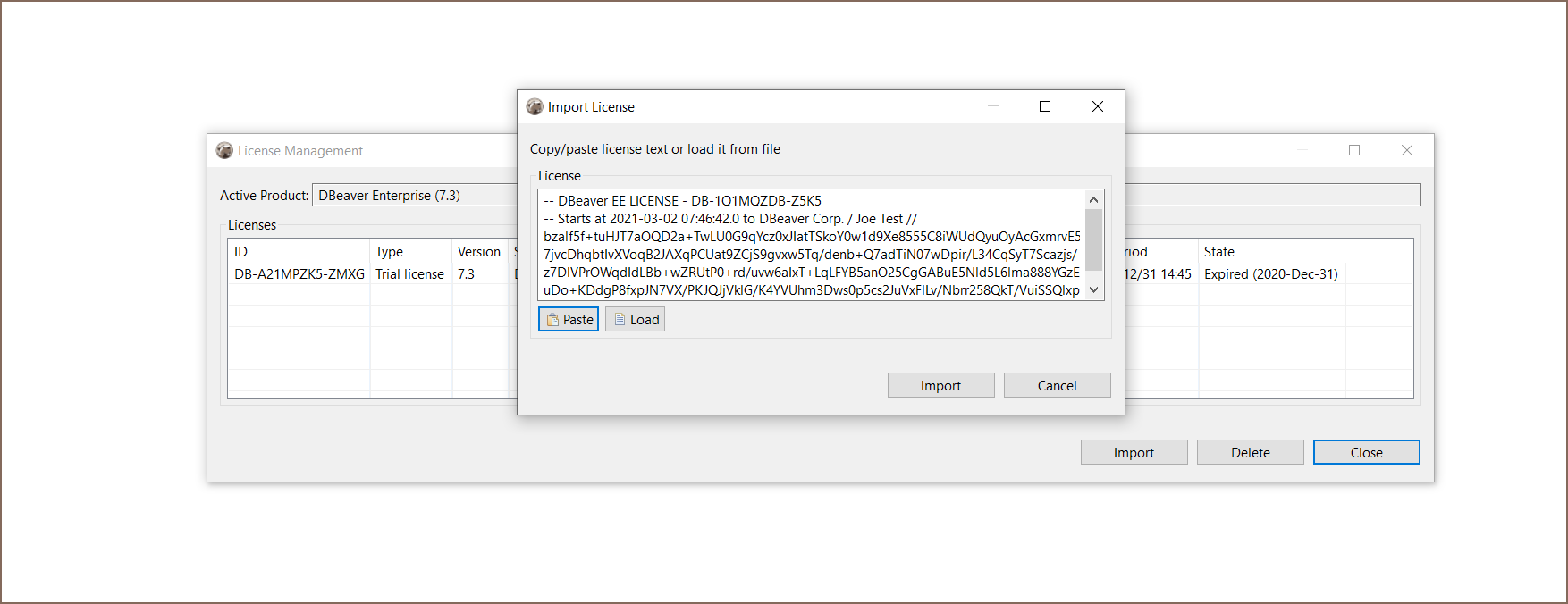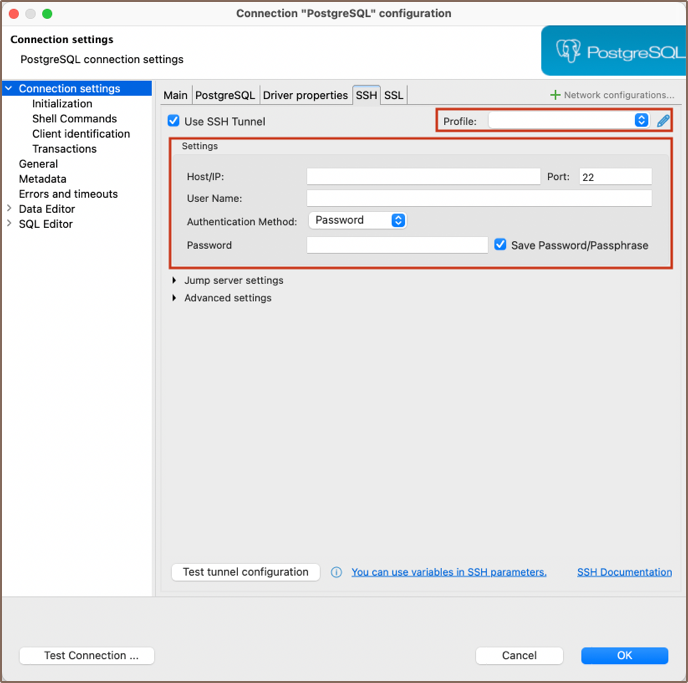

Repeat the instructions in this step for each resource that you want DBeaver to access. For Connection name, replace Databricks with a different name for the connection.In the Connection configuration dialog box, click General.Right-click Databricks, and then click Edit Connection.To change the connection’s name to make it easier to identify: In the Database Navigator window, a Databricks entry is displayed. In the Connect to a database dialog box, click Finish. If the connection succeeds, in the Connection Test dialog box, click OK. Otherwise the test might take several minutes to complete while the resource starts. You should start your Azure Databricks resource before testing your connection. The JDBC URL should look similar to this one: In the Connect to a database dialog box, on the All tab, click Databricks, and then click Next.Ĭlick the Main tab and enter a value in the JDBC URL field for your Azure Databricks resource: Clusterįind the JDBC URL field value on the JDBC/ODBC tab within the Advanced Options area for your cluster. In DBeaver, click Database > New Database Connection. Use DBeaver to connect to the cluster or SQL warehouse to access the databases in your Azure Databricks workspace. Step 3: Connect DBeaver to your Azure Databricks databases
#DBEAVER DOCUMENTATION DRIVER#
#DBEAVER DOCUMENTATION DOWNLOAD#
A Windows installer is also available from the Download page on the DBeaver website.
#DBEAVER DOCUMENTATION INSTALL#
Windows: Use Chocolatey to run choco install dbeaver.A macOS installer is also available from the Download page on the DBeaver website.



Step 1: Install DBeaverĭownload and install DBeaver CE as follows: You must also have an Azure Databricks cluster or SQL warehouse to connect with DBeaver.


 0 kommentar(er)
0 kommentar(er)
